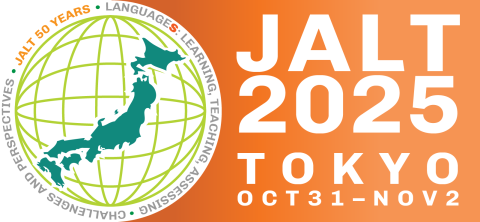Reference Data:
Fukuda, T. (2025). Reduction of items of questionnaires on language learning employing VIF. In B. Lacy, M. Swanson, & P. Lege (Eds.), Moving JALT Into the Future: Opportunity, Diversity, and Excellence. JALT. https://doi.org/10.37546/JALTPCP2024-39
The current study investigates the use of the Variance Inflation Factor (VIF) to help reduce questionnaire items on school belonging and L2 motivation in second language acquisition (SLA) research. Previously, other approaches, such as use of Cronbach’s alpha for consistency, factor analysis, and Rasch analysis, were used to validate these questionnaires but they were left lengthy. Drawing on data from 540 Japanese university students, the study employed VIF to identify redundant items, adopting a strict threshold of 2.5 to ensure rigorous reduction. As a result, the school-belonging questionnaire was reduced from 23 to 20 items, and the L2 motivation questionnaire decreased from 33 to 26 items. Despite the reduction, construct validity was maintained through careful analysis of overlapping concepts. The findings of this study demonstrate the effectiveness of VIF in streamlining questionnaires without compromising validity. This study introduces VIF as a novel method for item reduction in applied linguistics, offering a practical tool to enhance questionnaire design in future research.
本研究は、第二言語習得(SLA)研究における、学校帰属意識と第二言語習得動機の質問紙項目を削減する目的で、分散拡大要因(VIF)の利用を検討する。従来の手法を用いて妥当性を検証すると質問紙は冗長のように思われた。本研究では日本の大学生540名のデータを用い、余分な項目を特定するためにVIFを用いたが、厳密な削減を確実に行うために、2.5という厳密な閾値を採った。その結果、学校帰属意識の質問紙は23項目から20項目に、第二言語習得動機の質問紙は33項目から26項目に削減された。このように減少はしたものの、重複する概念を注意深く分析することにより、構成概念妥当性は維持された。本研究で得られた知見は、妥当性を損なうことなく質問紙を合理化するVIFの有効性を示している。本研究は応用言語学における項目削減の新しい手法としてVIFを紹介し、今後の研究において質問紙の作成を強化するための実用的なツールを提供するものである。


